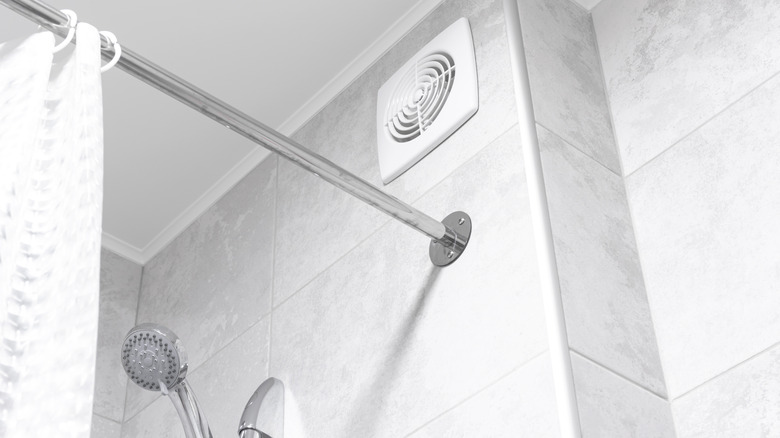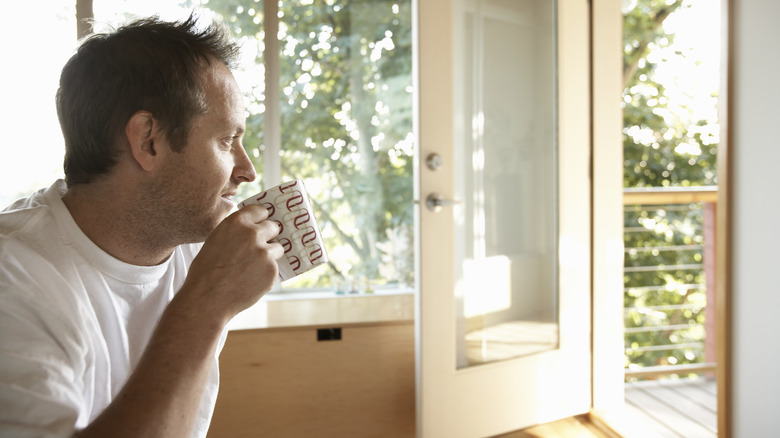How To Tell If A Potential Home Has Proper Ventilation
When considering a potential home, an inspection may not always be required, but it is highly recommended in order to get a complete picture of its condition. The assessment carried out by the home inspector, in addition to your walkthrough, is crucial in the buying process and should be taken seriously. An official inspection focuses on structural issues like the foundation and roof, as well as systems like plumbing and electrical.
During your walkthrough, you should check features like storage space, water pressure, and how it is ventilated. Proper ventilation is important in any area you occupy because it limits exposure to toxic materials in the air and preserves your health. The oxygen in the home needs to be freshened frequently, so you're not sitting in stale, contaminated air for too long. Here is why ventilation is important in a potential home and what you should look for on your tour.
Proper ventilation: how and why
The air quality of your home determines your bodily health and that of your house. Bad, polluted air dries out the skin and triggers allergies and respiratory issues more frequently. Your home can also be affected because humid air can damage the walls, floors, and foundation. Whether by natural or mechanical means, your home needs proper ventilation to maintain good air quality.
Natural ventilation can be achieved by opening the windows for a few minutes daily so the air can circulate, which is generally recommended. Mechanical ventilation involves using exhaust and ventilation fans to expel indoor pollutants and brings in fresh air from the outside. Working together, both methods help to keep the home's air fresh, clean, and free from impurities. New buildings are more likely to have the proper ventilation systems, so knowing the true state of the home you're touring and how updated its systems are is one way to see if it has proper ventilation.
Things to look out for
You can tell if a home doesn't have proper ventilation by looking for signs of trapped moisture. A build-up of condensation on the windows or mold on the surfaces means humidity hasn't been properly let out of the house. Mold manifests in weird, dark-colored stains or fuzzy patches on the walls, ceilings, or carpets. If the walls appear swollen and the paint or wallpaper is peeling, that also shows that there is too much moisture trapped indoors.
Do you notice a strong smell when you walk in? Such foul odors can be another sign of mold or a space that hasn't been aired well. An overpowering, pleasant scent of candles or air freshener can also be a warning sign because it could be an attempt to hide a musty odor. By paying close attention to these details and inquiring about the HVAC system, you'll be able to know if a potential home has proper ventilation.


